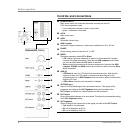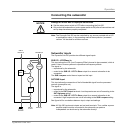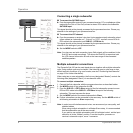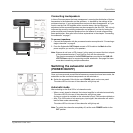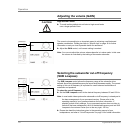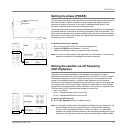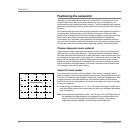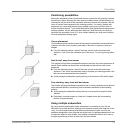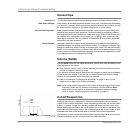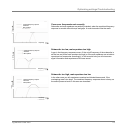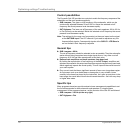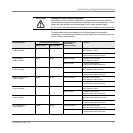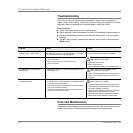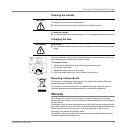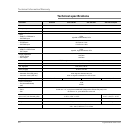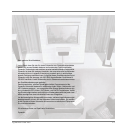
Optimizing settings/Troubleshooting
14 Dynaudio Sub 250
Optimizing settings/Troubleshooting General tips
Check it out Try different subwoofer positions and settings, before you finally choose a setup.
Note down settings When looking for the best subwoofer position in the room, note down the ideal setting
you found for a position. When moving the subwoofer between two positions you will
be able to set the subwoofer to the same configuration as found before.
Vary the listening music When experimenting to find the optimal settings, use a couple of music tracks with
repetitive bass across a large spectrum. The tracks should be sufficiently different
from each other and each should cover a wide bass-range. Musical instruments, such
as a double-bass, bass guitar, church organ, etc. covering a wide spectrum in the
bass region and above, are very suitable as these depend on accurately balanced
subwoofers and main speakers.
Verify changes Although in general it is best to make adjustments in the sequence outlined below,
note that changing one setting may influence another. For example, finding the right
setting for phase may result in having to decrease gain, even if this was set correctly
before. It is recommended that you double-check the previous settings before moving
on to the next one. Obtaining the best integration of the subwoofers generally involves
a considerable amount of repeated fine-tuning.
Volume (GAIN)
With the GAIN control you can adjust the relative volume level of the subwoofer to the
main speakers of the system:
X Play the same track a couple of times, adjusting the level so that the instrument
sounds homogenous across its range.
If you find that at certain specific bass tones the response is either too loud (bloated
sound) or soft (thin sound), it may be that you have to experiment further with the
location of the subwoofer and/or the cross-over settings.
X Refer to the sections “Positioning the subwoofer” on page 12 and “Cut-off
frequencies” on page 14 for further information.
Note: When using multiple subwoofers, ensure that all settings such as level, cut-off
frequency, phase and LF extension are identical. Use the LFE and Slave
mode options to ensure that all subwoofers operate on the same settings
(refer to chapter “Multiple subwoofer connections” on page 8).
Cut-off frequencies
Matching the frequency responses of subwoofer and speakers has an important
impact on the overall sound quality, when integrating a subwoofer into a audio-video-
system. In general a large, floor-standing speaker still has significant output in the
deeper bass range, whereas a very small speaker will not be able to reproduce deep
bass at all. In the first case a bump in the overlapping area will cause a louder or even
bloated sound while in the second case an acoustic hole will be experienced.
The following figures visualize the possible results (please note that all curves are for
illustration purposes and do not show exact filter characteristics).
Level
Frequency/Hz
60 Hz
80 Hz
100 Hz
Flat
50 Hz
100 Hz
150 Hz
50 100 150



